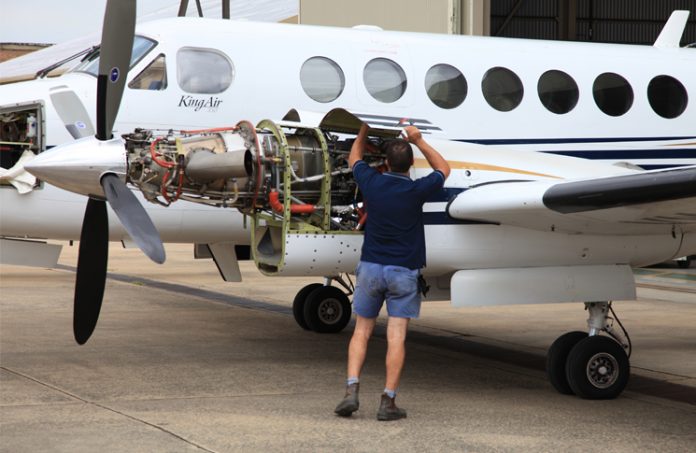On a cloudy night last August, a twin turboprop aircraft departed for Bankstown having first read all relevant weather briefings and NOTAMs. All was going as per the flight plan, and at the correct time the aircraft requested descent from FL140 to 9000 feet. This was issued without delay by the air traffic controller who advised QNH 1012. The correct QNH was 1023.
The QNH at Bankstown had remained relatively stable for the past several hours, switching between 1023 and 1022. The pilot would have referenced a valid weather forecast for their destination prior to departure, including QNH, but did not seek clarification from the controller regarding the actual QNH. The incorrect QNH was not detected when the aircraft transferred frequencies closer to Bankstown. The aircraft continued descent with the aircraft altimeter under-reading the correct altitude by approximately 330 feet. At around 11pm, the aircraft went around due to a mismatch between the altimeter reading and the actual height of the aircraft.
This is one of the occurrences that Airservices is closely monitoring as we progress work to understand the evolution of incident trajectory by identifying the people, equipment and procedures that act as a precursor in safety occurrences. Monitoring and measuring these precursors help us to understand the direct or indirect contribution air traffic management has on safety occurrences, and provide lead indicators to mitigate risks.
If we consider all the elements and systems in place to avoid aircraft accidents, the pilot is a crucial barrier. In the above example, once the error was made it continued to propagate through the occurrence trajectory until the pilot conducted the missed approach. At night, in Class G airspace, there were few remaining barriers in place other than ‘see and avoid’ action by the pilot to avoid a collision with terrain. If the controller issues an instruction that doesn’t seem right, or contradicts other information previously held, it is important to seek clarification or confirmation.
For further information on our limitations from a human factors perspective, and how we can reduce the effect of biases on performance, please see our article ‘The fallibility of the expert’ in the January 2018 Flight Safety Australia magazine.



Lucky the holes in the swiss cheese don’t align. We all should be looking after each other – but at Bankstown, isn’t the QNH part of the ATIS ? Begs a new question……………
A good question from Nick! Why would the pilot not at least review the ATIS for YBBN as a part of his normal checks or at least requested a confirmation of the QNH?
Wouldn’t have done him much good in this case JohnnyBoy.
Theo, 11pm might be outside tower hours and class G exists, no need to talk to controllers other than to pass through controlled airspace elsewhere. Not clear where the departure field was so who was the controller, but I am getting heaps of good experience to reflect on, as a newbie, and encourage constant review. Let me know why you think it wouldn’t have done the pilot much in this case, I am interested to understand your perspective.
Nick; my respoonse was little more than an exercise in nit-picking, perhaps highlighting the need for accuracy in this industry. A Brisbane (YBBN) ATIS wouldn’t be much use for Bankstown (YSBK).